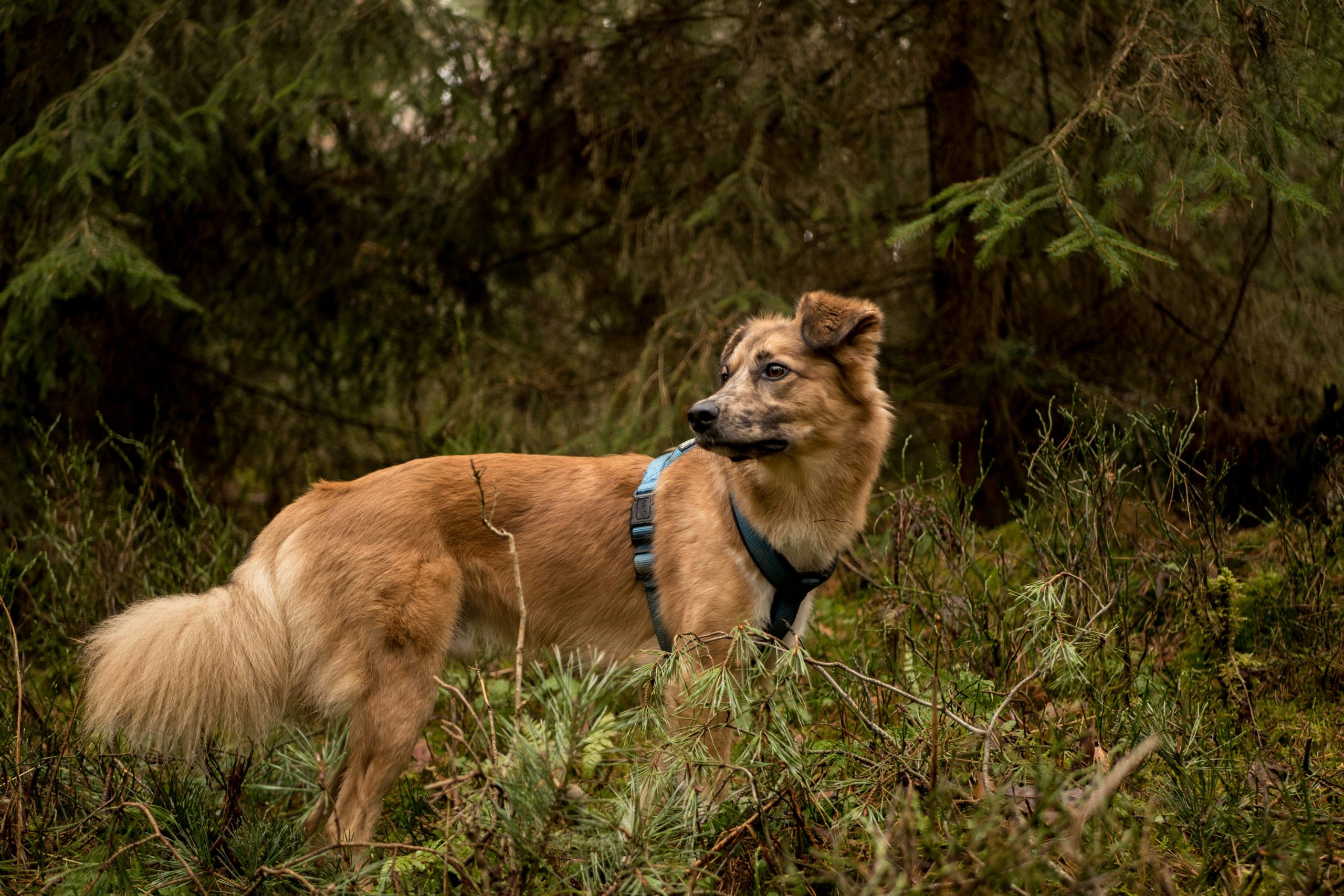Ultimate Guide to Keeping Your Dog Tick-Free: Strategies for Effective Prevention
Discover essential tick prevention strategies to keep your dog safe and healthy year-round.
Introduction to Tick Prevention for Dogs
Ticks are more than just a nuisance; they pose significant health risks to both dogs and humans as they can transmit various diseases such as Lyme disease and anaplasmosis. Understanding the local tick seasons and their peak activity times can greatly enhance prevention efforts. For instance, in some regions, ticks are most active during the warmer months, but they can also thrive during mild winters, making it crucial for dog owners to adopt proactive prevention strategies throughout the year.
A proactive approach to tick prevention can involve various methods, including regular grooming, using tick prevention products, and educating family members about the risks associated with ticks. By being vigilant and informed, dog owners can significantly reduce the likelihood of tick infestations on their pets, ensuring better health for both dogs and their human companions.
Understanding Ticks and Their Risks
Ticks can attach to dogs in less than two hours, highlighting the importance of quick detection and regular checks. If a dog becomes infected with a tick-borne disease, symptoms may manifest as lethargy, fever, or loss of appetite, which can escalate into more severe health issues if not addressed promptly. Regular veterinary check-ups are essential in the early detection and management of tick-related illnesses, allowing for timely intervention and treatment.
For example, a dog that frequently roams in wooded areas may be at higher risk for tick-borne diseases. Dog owners should be aware of the signs of these diseases and remain vigilant for any changes in their pet’s behavior or health, ensuring they seek veterinary care as soon as symptoms arise.
 Effective Chemical Prevention Products
Effective Chemical Prevention Products
There are various chemical prevention products available for dogs, each with differing effectiveness based on the dog’s size, age, and health status. For instance, products like K9 Advantix II, Nexgard, and Bravecto are popular choices among veterinarians. However, it is vital for dog owners to consult their veterinarian to choose the most suitable product for their pet, especially as some formulations may not be safe for puppies or pregnant and nursing dogs.
Common side effects of flea and tick medications can include gastrointestinal upset and skin irritation, which highlights the importance of monitoring dogs after administering these products. By being informed about potential side effects and engaging in discussions with a veterinarian, pet owners can make better decisions when selecting tick prevention products.
Natural Prevention Strategies
Natural remedies can serve as supplementary measures to repel ticks, although they should not completely replace veterinary-approved products. Essential oils such as citronella and eucalyptus can be effective deterrents when used appropriately, but they must be diluted properly to ensure safety for dogs. Moreover, maintaining a clean environment is crucial; regular washing of pet bedding, vacuuming, and cleaning the home can significantly reduce tick populations indoors.
An example of a natural approach includes using apple cider vinegar in a diluted form as a spray, which some dog owners claim helps keep ticks at bay. However, it is essential to consult with a veterinarian before implementing any natural remedies to ensure they are safe and effective for your dog.
Regular Tick Checks and Removal Techniques
Conducting regular tick checks during the tick season is a vital strategy for reducing the risk of disease transmission. Owners should inspect their dogs after outdoor activities, focusing on areas where ticks are likely to attach, such as the ears, underbelly, and between the toes. Performing thorough checks in the evening, when ticks are more active, can increase the chances of finding and removing them before they have a chance to transmit diseases.
When a tick is discovered, it is crucial to remove it properly using fine-tipped tweezers or a specialized tick removal tool. For instance, grasp the tick as close to the skin as possible and pull upward with steady, even pressure. Proper disposal of the tick, such as placing it in a sealed bag or container, prevents it from reattaching or spreading in the environment.
Creating a Safe Environment
Creating a tick-free environment in your yard is another effective strategy for preventing tick infestations. One way to do this is by installing a fence to keep wildlife, which can carry ticks, away from your property. Additionally, landscaping choices such as using mulch or wood chips can deter ticks, as they prefer grassy and bushy areas.
Regularly mowing the lawn and removing debris, such as leaf piles and tall grasses, can further minimize tick habitats. Simultaneously treating all pets in the household during flea and tick season is essential to prevent cross-infestation, ensuring that the entire environment remains safe for your dogs.
Conclusion: Maintaining Long-term Tick Prevention
Maintaining effective tick prevention strategies is an ongoing process that should adapt to seasonal changes and local tick activity. Open communication with your veterinarian about your dog’s exposure risks and the effectiveness of chosen products can lead to better preventive care. Furthermore, educating family members about tick prevention methods fosters a collective approach to keeping pets safe, ultimately ensuring healthier and happier lives for both dogs and their owners.


